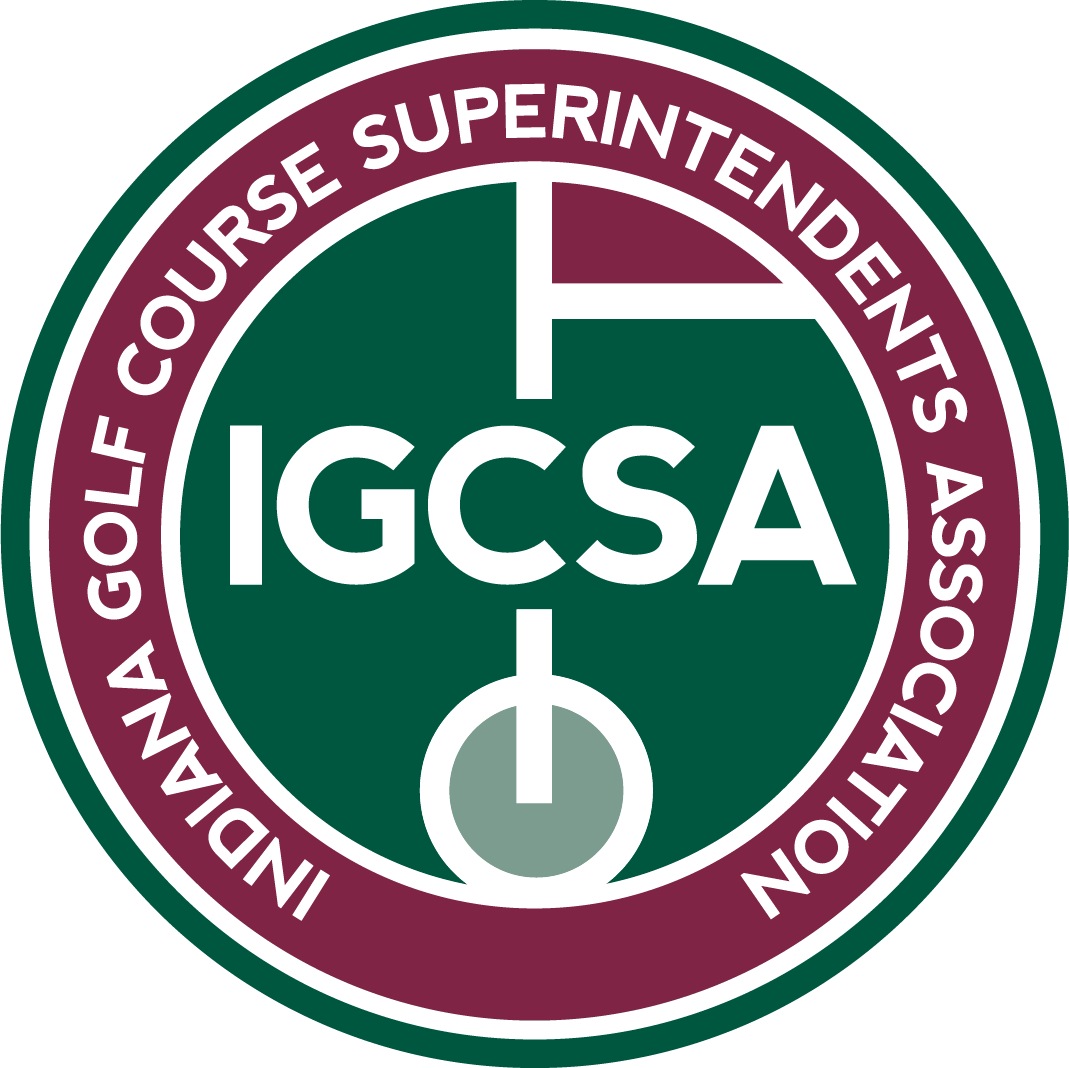Courtesy of Golf Scorecards Inc.
by Cynthia Grant on 03/11/15
Among the many initiatives that the PGA of America has introduced to bring new players into the game, PGA Junior League Golf (PGA JLG) looks like a real winner. I was curious to understand why the program has gained popularity so quickly so I contacted a number of the PGA Sections for their perspectives. (The PGA of America is comprised of 41 “Sections,” semi-autonomous, geographically defined entities, each with their own board of directors and staff.) I also spoke with Steven Tanner, Director of League Golf at the PGA of America.
UPDATE: The PGA of America has announced the acquisition of PGA JLG from their partner company, League Golf LLC, stating “the rapid growth has proven to reflect both pillars of our strategic plan, serving our members and growing the game.”
What Is PGA Junior League Golf?
PGA JLG is an organized team playing experience for kids 13 and under using a two-player scramble format, structured league competition (leading to a national championship) and team paraphernalia including team jerseys, golf balls and bag tags. The team play format removes the stress of individual performance and enables all kids on a team, regardless of playing ability, to participate, contribute and have fun with their friends while learning golf.
The Northern Texas Section pioneered the concept of junior team golf back in 2009 with the introduction of Team Golf, a separate program from PGA JLG that uses a similar format. PGA JLG was first tested in four metro areas in 2011, expanded to include 16 markets in 2012 and across the U.S. in 2013. The PGA of America has a service agreement with League Golf LLC (a company that specializes in managing youth sports programs) to manage the program. PGA JLG is a great example of the value of looking outside of the golf industry (in this case, the model was Little League Baseball) to create a program that is rapidly growing and bringing new players into the game.
PGA Section Experience & Feedback
The Indiana Section, Gateway Section and Oregon Chapter launched PGA JLG programs in 2013, and all have expressed their unequivocal enthusiasm for JLG.
“Kids are coming because they are having fun,” said Stacey Rice, Director of Player Development at the Indiana Section.
The program resonates with kids, said Dominic Marconi, Executive Director of the Oregon Chapter, because it puts having fun above learning rules and individual performance.
“Parents are chomping at the bit to get more involved,” added Ali Wells, Foundation Operations Director at the Gateway Section.
Offering a popular junior golf program is only half the equation though, the program also has to work for PGA members, the facilities they are associated with and PGA Section staff.
One concern among Section staff was getting PGA members to sign up to host a team at their facility and recruit the minimum of 10 kids needed to make up a team. Gateway Section staff spent a considerable amount of time promoting PGA JLG to members, but real momentum occurred after “peer to peer promotion” took over, according to Ali Wells. PGA members at facilities with JLG programs tell other PGA members about their positive experience and speak at Section meetings, prompting other PGA members to sign up.
The program also generates revenue as team members are charged a fee to cover the golf professional’s time – usually $200-$250 but as much as $350 per kid. PGA members report that kids participating in PGA JLG will sometimes supplement their team clinics with private lessons. Many PGA members are already having success using PGA JLG as a core driver for their lesson book. In some cases parents also get the golf bug and take lessons as well.
Before launching PGA JLG there was concern that the program would divert kids from existing junior programs. This concern was largely dispelled after the first year as PGA members reported that kids participating in PGA JLG are either kids who were not previously participating in any golf program or kids who are adding PGA JLG to their other golf activities.
In most cases recruiting kids has not been difficult. It helps that most parents are familiar with Little League Baseball and team sports that are organized into leagues. Most PGA member hosts recruit from families that already use their facility. Also, kids are encouraged to bring a friend to join the team. Once the program has launched word-of-mouth among kids and their parents helps build momentum. Keith Soriano, Player Development Director at the Colorado Section, mentioned his Section is tapping into their “Golf in Schools” program to recruit kids for PGA JLG when they launch the program this year.
Why It Works: A Genuine Turnkey Program
PGA professionals and PGA Section staff lack the time to spend on managing a complex program. Recognizing that shortage of time could be a barrier to success, PGA JLG made sure to structure a genuinely turnkey program.
“They take the work off your shoulders,” said Ali Wells, describing the program’s approach which includes plenty of human interaction and a hard-working website platform.
The human interaction element starts when a PGA member registers to host a team. Each team is assigned a PGA JLG manager who walks them through how to do just about everything. The manager answers questions, sends marketing and recruiting materials to the facility, and once the team roster is complete, ships team jerseys and other merchandise. The manager also collaborates with Section staff on what facilities to recruit to create a league or how to form league so as to minimize travel time between host facilities.
When a PGA member registers to host a team online the PGA JLG creates a team home page on their website. The hosting PGA member (team captain) can post schedules and record their team’s performance using templates created by PGA JLG. Parents register their kid online through the parent portal, where they can also sign up to assist at practices or competitions and make transportation arrangements. Through the website, team captains can communicate with parents and parents can communicate with each other.
While a robust website and standardized systems make PGA JLG highly scalable, the program is also designed for flexibility. Team captains schedule practices and clinics at times that are suitable for their facility. With other team captains they determine when competitive play is to be scheduled.
The Numbers Speak for Themselves
According to PGA JLG nearly 9,000 kids participated in PGA JLG in 2013. That number grew to 17,500 in 2014. In 2015, the goal is 25,000 players. Is any other category in golf growing this fast?
At the Section level, Ali Wells reported that the number of teams grew from 4 teams in 2013 to 48 in 2014 in the Gateway Section. The numbers in the Indiana Section are even more impressive: Stacey Rice reported having 58 teams in 2013 and 98 teams in 2014. In Oregon, Dominic Marconi stated that participation grew from 6 teams in 2013 to 35 teams in 2014. The Oregon numbers are particularly impressive given that Dominic is the only person at the Section physically located in Oregon. (The Section office and staff are located in the Tumwater, WA area.) What this shows is that even in areas with limited Section support, PGA JLG still can be successful.
What Does the Future Hold?
PGA JLG aligns perfectly with the PGA of America’s long-term strategic mission of serving PGA members and growing the game, said Steven Tanner, Director of League Golf at the PGA of America, in addition to contributing toward its goals of increasing golfer diversity and inclusion. The acquisition also gives the PGA of America full managerial oversight over the program.
The acquisition was structured such that PGA JLG falls under the auspices of PGA REACH, the charitable arm of the PGA of America. This enables the PGA of America to use proceeds from PGA JLG to fund golf scholarships and financial aid.
Recent announcements show the PGA of America has ambitious plans for PGA JLG: on March 10 the PGA of America announced the launch of a new and enhanced website, registration tool, and league management software. In addition, the 2015 PGA JLG Championship will be played as part of the PGA Grand Slam of Golf Week at Trump National Golf Club Los Angeles in October, which will give PGA JLG national visibility with a large audience.
Future initiatives could expand the program even further, Tanner said, mentioning options for expanding the season and the introduction of multiple age divisions.
The acquisition of PGA JLG by the PGA of America is a clear indicator of the success of the program, and fueled by the substantial resources and managerial oversight of the PGA of America, we can expect that PGA JLG’s growth will only accelerate in the coming years.
“Our goal through PGA JLG is to empower PGA members, drive rounds and drive revenue,” said Tanner, and I have no doubt they will succeed.









